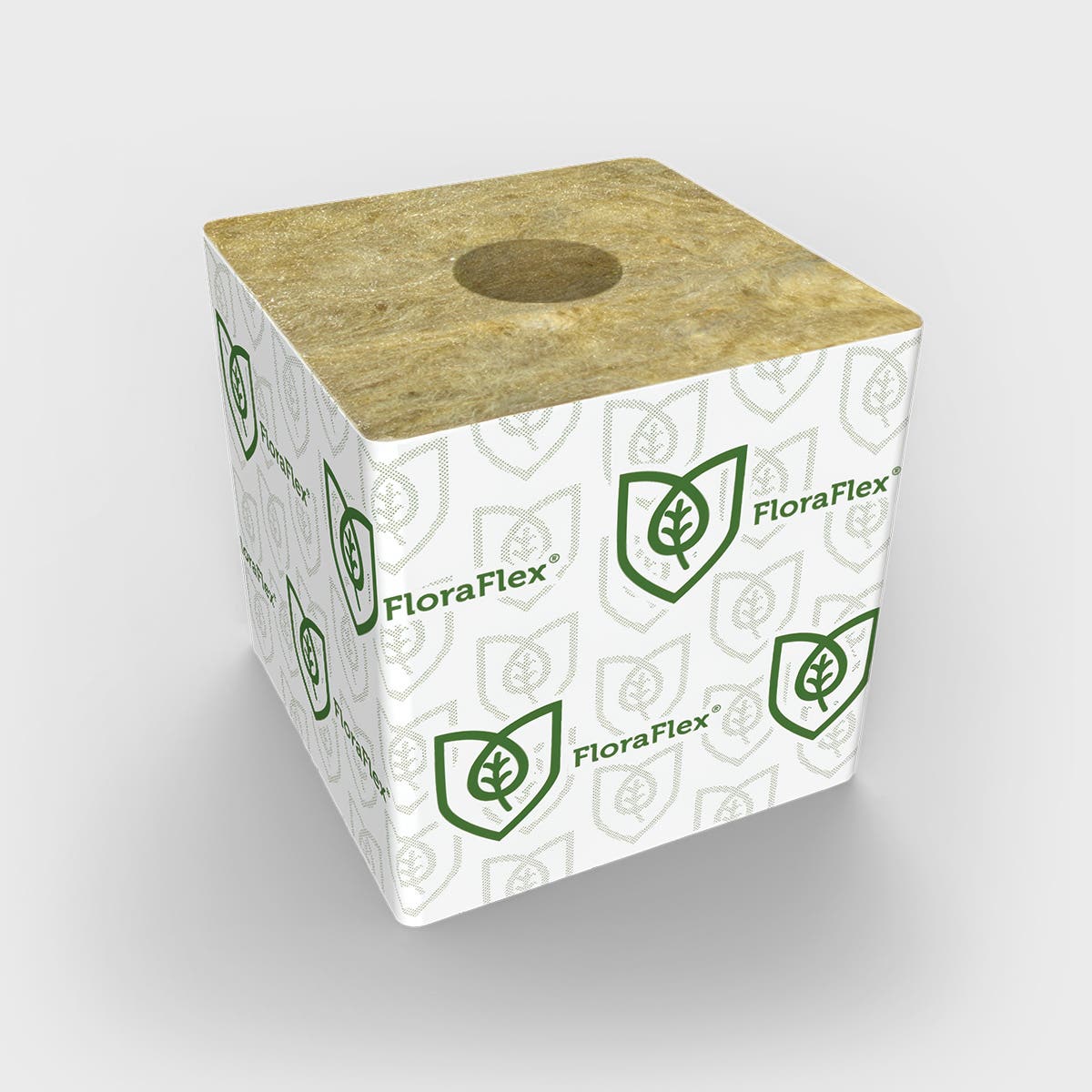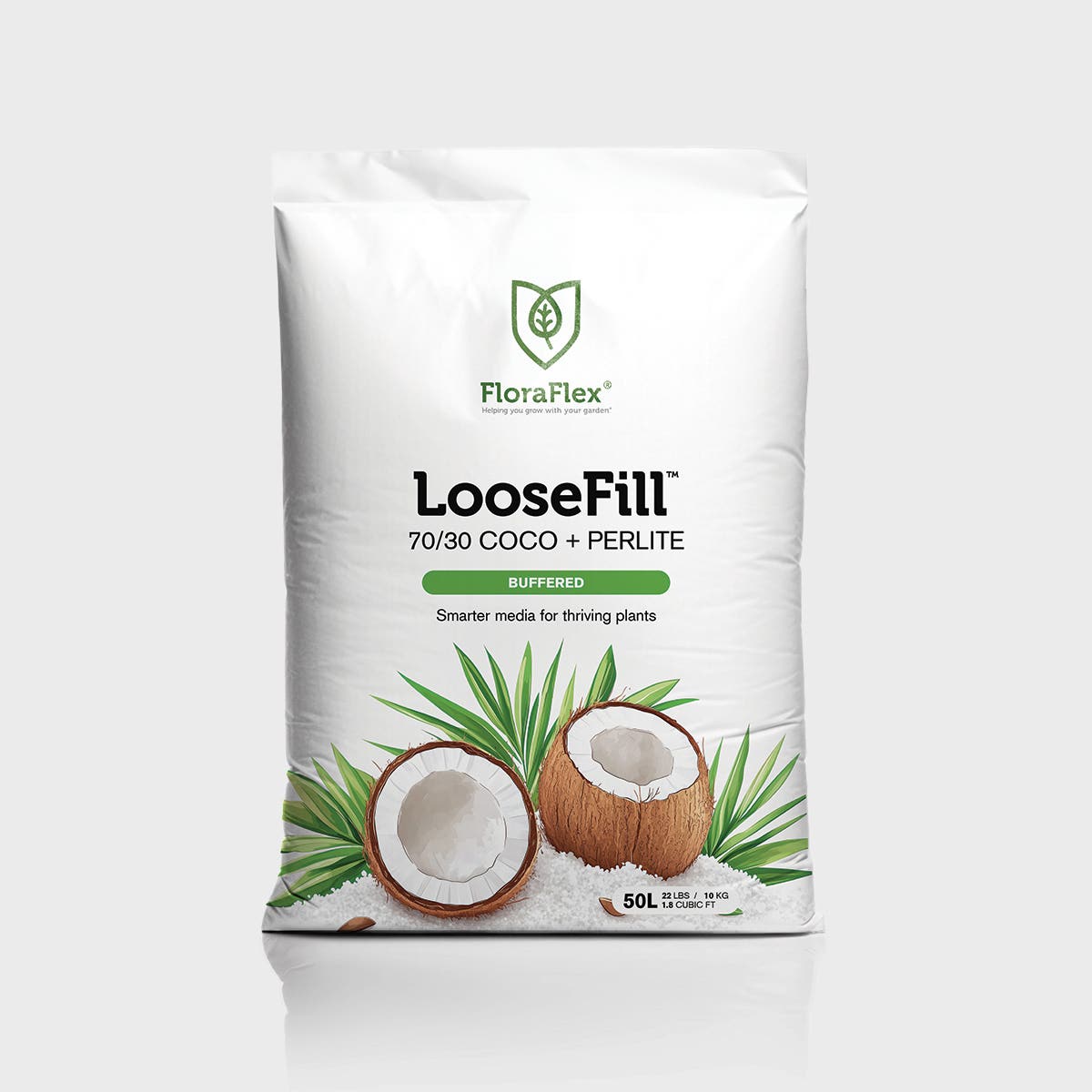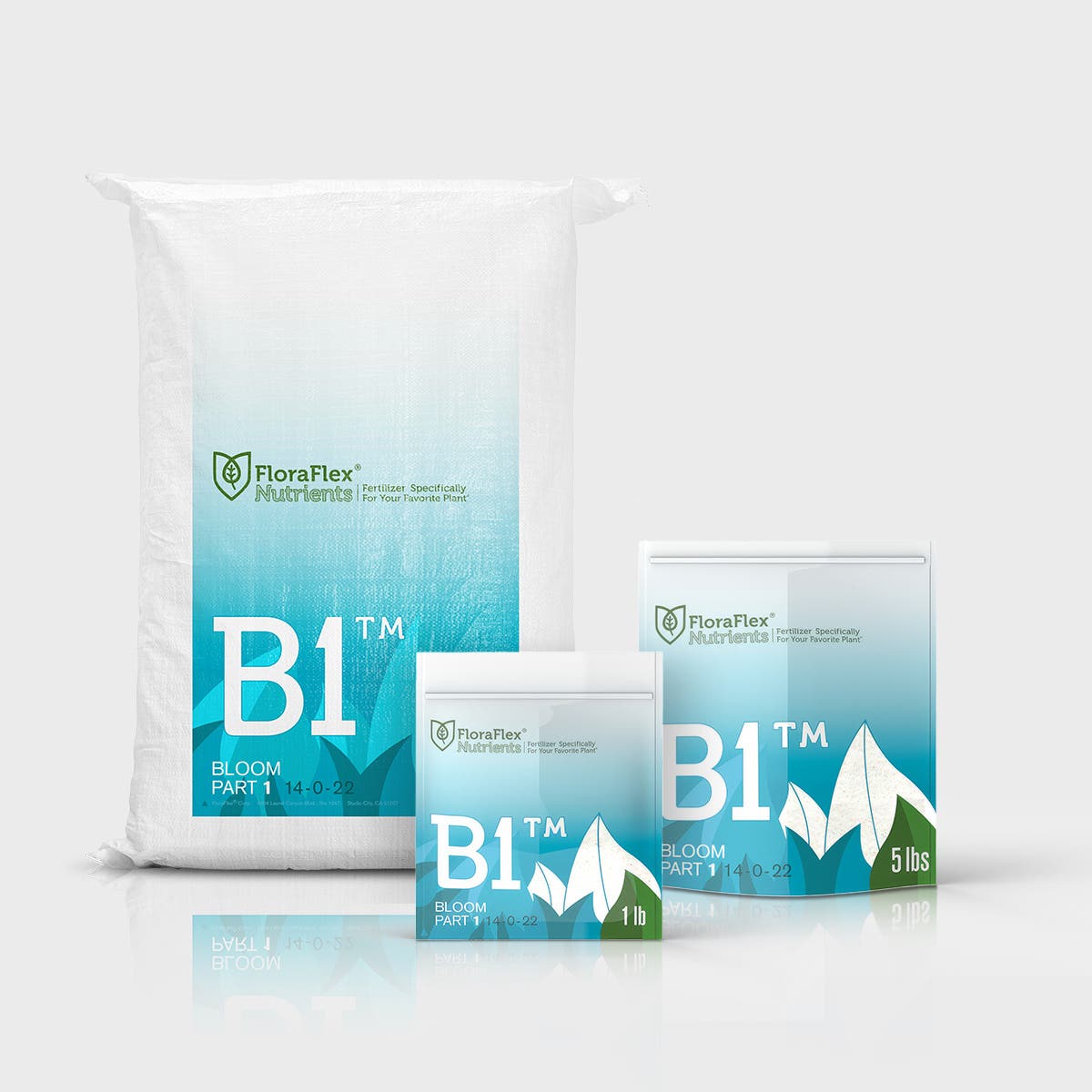What is Rockwool?
-
Composition: Rockwool, also known as mineral wool or stone wool, is made by melting and spinning basalt rock or other volcanic materials into fibers. These fibers are then formed into blocks, cubes, slabs, or plugs for use as a growing medium.
-
Water Retention: Rockwool has exceptional water retention capabilities, allowing it to hold moisture while still providing adequate drainage. This helps maintain an ideal balance of moisture and oxygen for healthy root development.
-
pH Stability: Rockwool typically has a neutral pH, making it compatible with a wide range of plant species, including cannabis. Its pH stability reduces the need for frequent pH adjustments in hydroponic or soilless cultivation systems.
-
Root Support: The fibrous structure of rockwool provides excellent support for root growth, promoting robust root development and nutrient absorption.
Benefits of Using Rockwool for Cannabis Cultivation
-
Versatility: Rockwool can be used in various cannabis cultivation setups, including hydroponic systems, aeroponics, and even traditional soil-based methods. Its adaptability makes it a versatile choice for growers.
-
Consistent Performance: Rockwool offers consistent performance and reliable results, making it a popular choice among professional growers. It provides a stable and controlled environment for root development, minimizing the risk of nutrient imbalances or waterlogging.
-
Pest and Disease Control: Rockwool is an inert medium, meaning it is sterile and free from pests, diseases, and weed seeds. This reduces the chances of introducing harmful pathogens to the crop, ensuring a clean and healthy growing environment.
-
Reusable: Rockwool can be reused after harvest by thoroughly cleaning and sterilizing it. This makes it a cost-effective option in the long run, as it can be used for multiple growing cycles.
Considerations for Using Rockwool
-
pH Management: While rockwool has a neutral pH, it can become slightly alkaline over time. Regular monitoring and adjustment of the nutrient solution's pH are essential to maintain optimal nutrient availability.
-
Watering and Nutrient Delivery: Rockwool requires careful attention to watering practices to prevent overwatering or waterlogging. Proper irrigation techniques and monitoring of nutrient solution strength are crucial for successful cultivation.
-
Handling and Safety: When working with rockwool, it is essential to wear gloves and protective gear to prevent skin irritation from the fibers. Following safety guidelines during handling and disposal is crucial to avoid any health risks.
Rockwool is a popular and effective growing medium for cannabis cultivation. Its water retention, pH stability, and root support properties make it a reliable choice for both novice and experienced growers. By understanding its benefits and considerations, growers can harness the potential of rockwool to create optimal growing conditions for their cannabis plants. Whether used in hydroponic systems or combined with other mediums, rockwool continues to be a valuable tool in the pursuit of successful cannabis cultivation.








